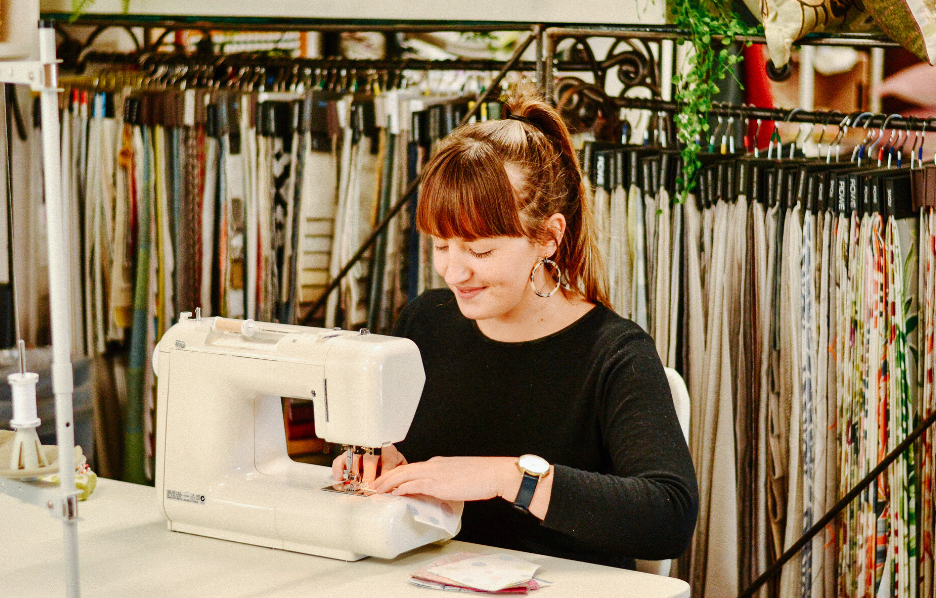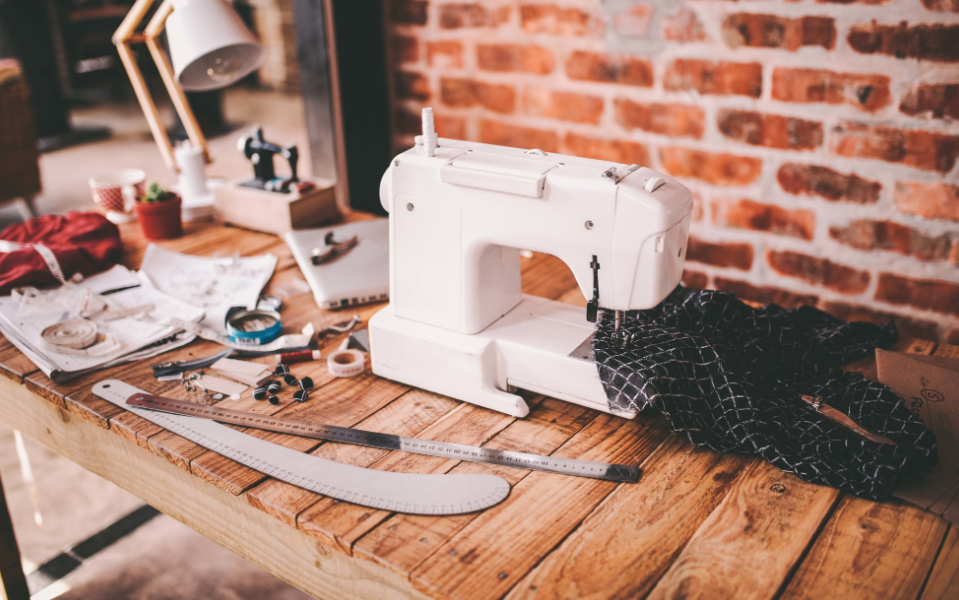You know that a properly working sewing machine is essential to creating beautiful, high-quality projects. Sewing machines can sometimes suffer breakdowns that leave their owners feeling frustrated. The good news is that you can troubleshoot many common sewing machine problems yourself. In this blog post, we’ll go over some troubleshooting tips for sewing machines in Dunedin, so you can get back to sewing with ease.
Identifying the Problem
The first step in troubleshooting any sewing machine issue is identifying the problem. Some common issues include the machine not sewing properly, the thread breaking, or the machine making strange noises. Once you’ve identified the problem, you can start to figure out the solution.
Basic Troubleshooting Tips
- Basic troubleshooting tips can solve many sewing machine issues
- Keeping the machine clean and well-maintained is crucial
- Regularly changing the needle, cleaning out lint and debris, and oiling the machine as instructed by the manufacturer are important maintenance tasks
- Using the correct needle and thread for your project is essential
- Double-check that the thread is threaded properly through the machine
Advanced Troubleshooting
- If basic troubleshooting tips don’t work, try more advanced troubleshooting
- Check the feed dogs to ensure they’re working properly
- Check the timing of the machine
- Inspect the motor and belts for any damage
- If the machine has electronic components, check those for issues
Fixing the Problem
Once you’ve identified the issue and tried some troubleshooting tips, it’s time to fix the problem. Depending on the issue, this may involve replacing a part, adjusting the tension, or simply cleaning the machine more thoroughly. It’s important to refer to the manufacturer’s instructions or seek the help of a professional if you’re unsure how to proceed.
Preventive Measures
The best way to avoid sewing machine issues is to take preventive measures. This includes keeping your machine clean and well-maintained, using the correct needle and thread for your project, and following the manufacturer’s instructions for oiling and other maintenance tasks. It’s also a good idea to avoid sewing over pins or using dull needles, as these can cause damage to your machine.
Conclusion
In conclusion, knowing how to troubleshoot common sewing machine issues is an important skill for any enthusiastic about sewing machines in Dunedin. By identifying the problem, trying basic and advanced troubleshooting tips, and taking preventive measures, you can keep your sewing machine in top condition and avoid frustrating issues that can hinder your creativity. With a little practice and patience, you’ll be able to tackle any sewing machine issue that comes your way.


